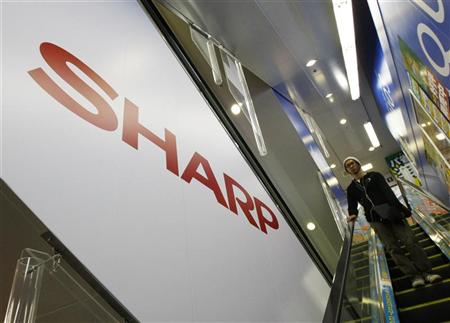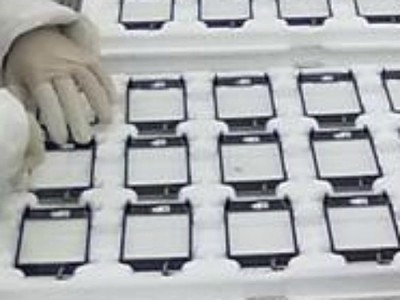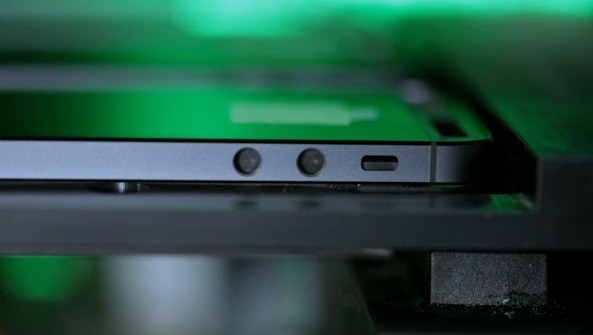
In late August came word that Sharp’s production of touchscreens for the then unreleased iPhone 5 had slowed. A delay could crimp the Cupertino, California company’s ability to meet the expected high demand for its new product. But just weeks after that dire warning, news broke in September that Sharp was producing “mass quantities” of the displays. What caused the sudden turn-around? Apple, some say…
Asymco’s Horace Dediu noticed a curious financial statement from Apple. The iPhone maker said it planned to spend $2.3 billion on capital expenditures during 2012. However, $2 billion of that amount was reported as cash flow.
“The question is what was it spent on and why did it not go through the cash flow statement?” Dediu asked Wednesday, writing at his blog.
“Circumstantial evidence points to the asset being production equipment (or even a plant) previously owned by Sharp”, the analyst adds.
He further surmises that both the failed Foxconn deal and the mysterious $2 billion expenditure were attempts by Apple to “ensure both continuity of supply and a balanced supplier base (offsetting Samsung, another supplier)”.
If the Japanese company went bankrupt, facilities needed to produce the iPhone 5’s touchscreen displays could sit idle, Dediu suggests.
If the $2 billion deal didn’t register as cash flow, how was it accomplished? Dediu argues Apple may have supported Sharp by offering to pre-pay for the displays. Technically, this would appear as an “off-balance sheet” commitment.
Sure enough, Apple reported that “As of September 29, 2012, the Company had outstanding off-balance sheet manufacturing commitments and component purchase commitments of $21.1 billion”. The timing coincides with news Sharp had restarted touchscreen production.
Today’s theory dovetails with a Tuesday rumor that Apple may be investing in Sharp. The company, whose stock was downgraded to junk, is trying to obtain investments from Apple and Intel, according to local media reports.
The tale of Apple and Sharp only illustrates the changing world of consumer electronics. It’s no longer enough to produce a red-hot product. Companies also have to be able to supply the device to meet consumer demand – otherwise, potential buyers will go to competitors.
Today’s tech climate has changed radically from the days when suppliers relied on a healthy IBM or Apple to stay in business. Now tech goliaths must worry about their supply chain as much or more than their rivals.
In such an environment, it would pay for Apple to own a chunk of their suppliers.
What do you think?

